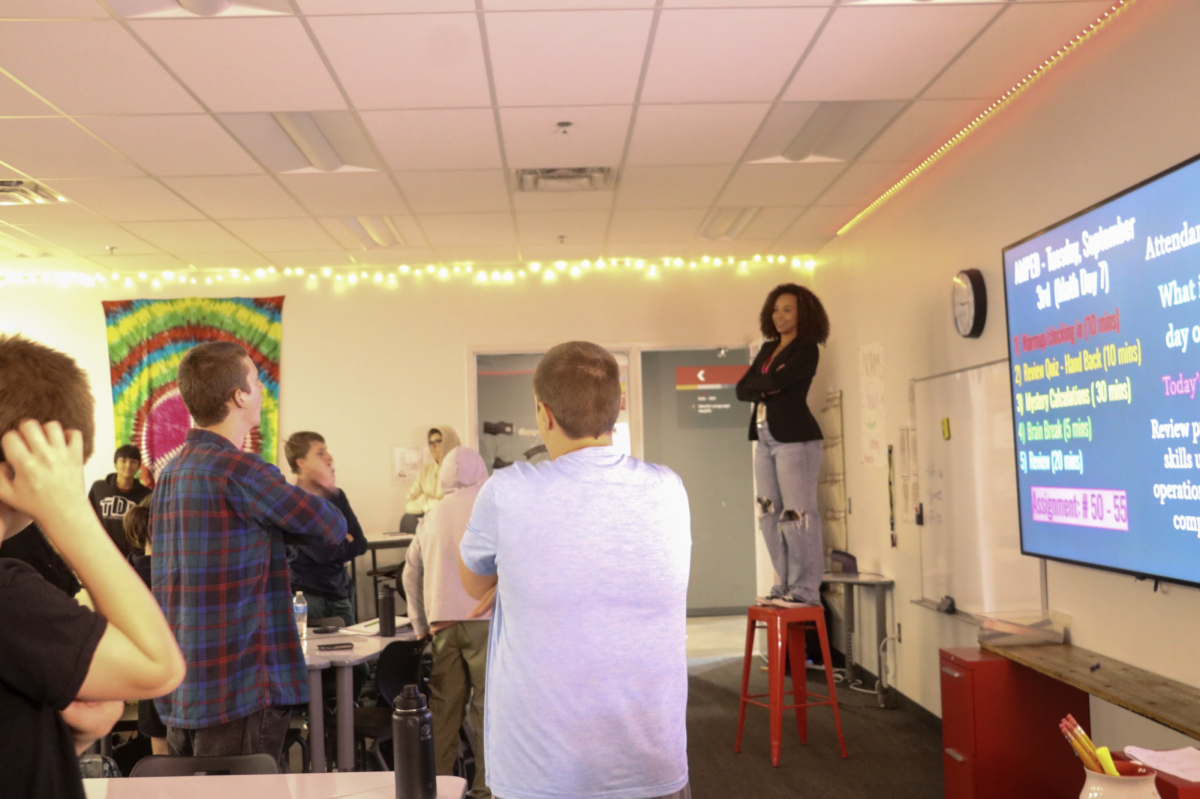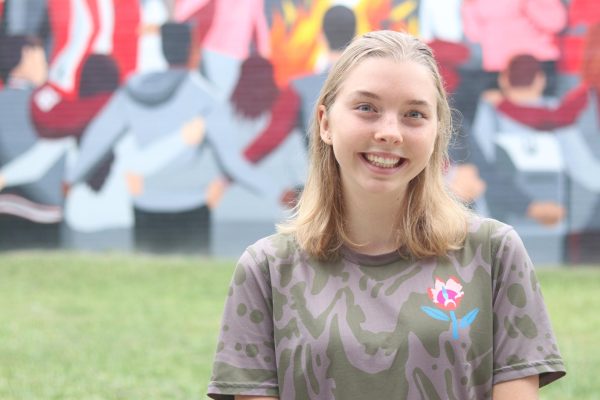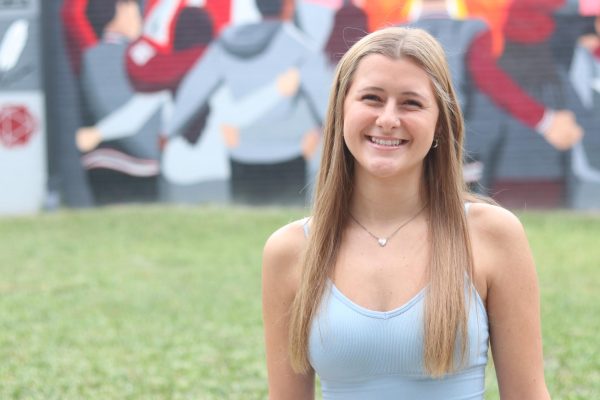Trying to teach a kid to read a tape measure three years after their math curriculum taught fractions is a step back in time. Kids have moved on from the basics. By their freshman and sophomore year, their math classes build on even more complex equations, and the students are expected to keep up with an increasing amount of individual assignments and homework.
What is the problem with this system of learning? In Mike Evans’ experience, it creates a disconnect between the classroom and the real world. For the last 5 years, Evans has taught woodshop and construction at LHS. He’s learned how difficult it is for students to apply their learning in a math classroom to projects in the woodshop.
He decided to change that.
“I was looking for a way to get my students to connect with the math,” Evans said. “Because I didn’t connect with the math when I was a kid either.”
That’s when Evans stumbled across the AMPED on Algebra program. AMPED stands for Algebra, Manufacturing Process, Entrepreneurship and Design. It’s a joint class, taught by both a CTE (Career and Technical Education) teacher, and a math teacher.
“I didn’t even know it existed before [Evans] told us about it,” Brittany Harrell said. Having taught Algebra 1 in a traditional setting, Harrell was selected to teach the math portion of AMPED.
“We’re still teaching the same standards that you would in a traditional Algebra 1 class,” she said. “But they learn it completely differently.”
The students are double enrolled in AMPED for their first and second hour, with a total of 48 kids in one classroom, separated into groups of four.
“It’s huge but it’s great,” Freshman Juliana Hout said. So far, she says, she’s loved the unique learning experience.
“There’s enough [people] to create lots of groups, and that means more communication,” Hout said.
The program is structured on collaboration and communication, which Harrell believes allows the students to learn and then teach each other.
“It’s what I’d call a discovery-based class, where you give them a little information and then you make their brains work,” she said.
A day of math alternates with a day of application within the CTE curriculum, taught by Evans.
“All of the math we are doing boils down to being able to run a business,” Evans said.
That’s exactly what the students are going to do. In this case, the students will design, screenprint, and sell t-shirts. This is the crucial application of math Evans was looking for.
“It makes sense when you add it to something,” he said, and believes the communication aspect is just as important.
“It takes a lot of people to run a screenprinting business,” Evans said. “You have to be able to communicate with your fellow employees, in our case classmates, as well as others, because otherwise nothing gets done.”
In a class of 48 freshmen, classwide collaboration doesn’t always come naturally.
“We’ve had to build a foundation of communicating first, and that has been the biggest challenge for kids who want to revert to their shell.”
In order to adjust to this method, Harrell says time is key. The students are in AMPED for 106 minutes 3 times a week; their short periods are on both block days.
Initially intimidated by the long periods, Harrell said she has found them to be a blessing.
“It’s not just ‘here’s a lesson, do the problems.’ So much of our traditional class is structured that way and it doesn’t give kids time to really think about it and collaborate and ask more questions,” Harrell said.
By stepping outside the framework of a traditional class, students are able to see more clearly the connections between math and entrepreneurship.
“[We’re] running a business, so we want to make money,” Harrell said. “What does that look like in a math equation? Well they don’t know that yet, but it’s just slope intercept form.”
Harrell hopes to start selling t-shirts by mid-October. The money will go towards opening new doors for the program.
“We can use the money that they have made from their business to pour back into the program,” Harrell explained. If enough money has been made by the end of the year, she hopes the class will apply their learning to build skateboard ramps, a math-heavy operation, but one that can be costly.
Anyone involved can see that these students are getting something special out of the class.
“It’s amazing,” Hout said. “It’s not just a boring old math class. I learn more with hands-on activities in groups, and that’s what this class is about.”
Both Harrell and Evans are crossing their fingers that next year, another joint CTE and math class will make its debut at LHS. Geometry and Construction is the continuation of the AMPED program, this time primarily serving sophomores.
“Both of them are amazing,” Evans said. “My plan next year is to have Geometry and Construction so [the AMPED students] can continue going.”
The hope is that both classes will eventually be widely available.
“If all kids could be a part of a program like that, it would just build a lot more understanding, and appreciation for the math that we are doing,” Harrell said. “Can you imagine if we could teach that to every kid?”





